Aim for a zero-waste lifestyle while supporting your budget, the environment, and your health. Investigate the beauty of zero-waste, and explore the creative ways to increase your abundance, while decreasing waste and saving the environment.
Waste is costly. Fast paced lives, convenience, and an overabundance of things designed to break lead to lifestyles of wastefulness. Corporations act as if there’s no such thing as a limited resource while harrying consumers to wisely use the same resources they waste. A zero waste lifestyle is your commitment to your own principles, pocketbook, and health. Living a zero waste lifestyle is not about convenience, ease, and thoughtlessness. It is about health, mindfulness, and wise stewardship of the resources you have.
20 Ways to Make your Zero Waste Lifestyle a Reality
Depending on your current lifestyle, a completely zero waste lifestyle may be impossible. However, there are ways to implement zero waste principles and strategies into your life, without disrupting it. If you are already aiming for a zero waste lifestyle, you may already practice these strategies to reduce your trash. If you are new to the zero waste lifestyle, I hope you can find one actionable step to try, build this one into a habit, and then add another one.
The following are just a handful of ways to implement zero waste strategies into your lifestyle. Remember that change takes time, and habits take time and repetition to build.
Recycle:
- Get serious about recycling. Did you know that only about 34% of Americans actually recycle? The rate in Canada is even lower at just 27% (Source) 97% of all plastic is not recycled. However, most packaging, that you bring into your home, can be recycled at a recycling depot even if it can’t go into your blue bin. If you have space, set up a few recycling bags, or bins, to put the non-blue-bin items until you have enough time to go to the recycling depot. Depending on the depot you can recycle old batteries, refundable items, electronics, household gadgets, metal, Styrofoam, all plastics, all cardboard and paper, and all food grade glass. Your blue bin may only take certain plastics, paper, and cardboard.
- Reduce the amount of plastic you bring into your home, to limit how much you have to throw out or recycle. While you cannot escape all plastics, using reusable shopping bags, produce bags, and bulk bags can reduce the number of plastic bags you bring into your home. Now in 2024, many stores no longer offer plastic bags and recommend all reusable bags or bins. You can find zero waste stores now, in many larger centers that let you bring in your own containers to fill with things like deodorant, shampoo, tooth powder, and other household items. Or even better make your own cosmetics using the recipes on this website.
- Compost, or use a green bin, for organics to keep this beneficial soil resource out of the landfill. If you’re rural you can compost to fertilize your garden, if you’re in the city you can use the green bin or a secure compost bin. Depending on whether you are in a city, or not, you can scale this to meet your zero waste lifestyle goals. Certain food wastes can be used for natural dyes, chicken feed, and other purposes, not just composting. I do like the municipal compost focus, since I can compost animal products like meat remains and dairy which I wouldn’t want in a backyard compost bin, especially with resident raccoons.
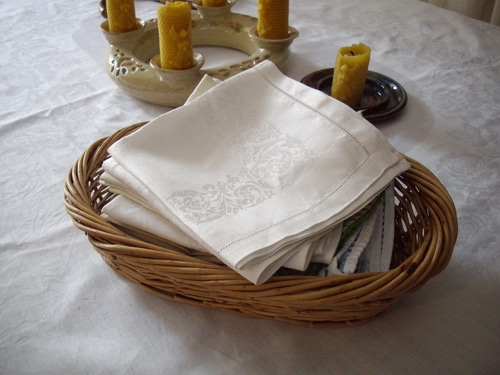
Reuse and Re-purpose
- Buying used cuts down on the demand for new products, but it doesn’t kill the economy. Used stores and thrift benefit the local economy. It helps cut out packaging waste, and production waste when you buy used. Use reusable cloth bags at the thrift store to make the entire transaction zero waste, except for the receipt and tags. Buying used also saves you money over buying new. Garage and yard sales are also good places to spot good quality second hand items, and their prices can be lower than the average thrift store. When shopping in thrift stores think creatively. Thrifted textiles might be a good source of fabric for other projects.
- Donate your good quality, unwanted items to charity shops or thrift stores. Alternatively, save them in the garage till you have enough to make a yard sale worthwhile, then donate what’s left. This not only helps you reduce what you send to the landfill, but it also helps other people buy fewer brand new items. Another point is that cutting down on what you have can help you organize, and wisely use what you keep. If you don’t know what you have, you may buy a new item to replace it.
- Look for creative ways to re-purpose fabric, clothing, jewelry, glass, paper, and even furniture and other bulky items. Jeans that are worn out on the inner thigh still have a good amount of reusable fabric. (If you have a stash of old jeans try this crocheted rag rug pattern to upcycle them) Re-purposing and up-cycling things take time, effort, and a healthy dash of creativity. Making your own items is one of the fun sides of the zero waste lifestyle.
- Learn to up-cycle paper, fabric, and other items to replace single use paper or plastic products. One example is making your own paper gift bags, instead of buying them. Alternatively, for gift wrapping, you can make cloth drawstring bags, or use fabric wrapping techniques.
- Make rag rugs from old clothing. This is a classic up-cycling method for old clothes, particularly woven woollens, and denim jeans. A store bought rag rug is usually made from thinly sliced knit fabric, produced for this purpose. A homemade one can be made from heavy denim jeans, cut into 1/2 or 1 inch strips. The homemade one will be heavier, thicker, warmer, and last longer than the store bought version. Further, since you’ve already worn out the jeans the fabric is getting a new life, instead of the store-version where the fabric is made solely for the rug.
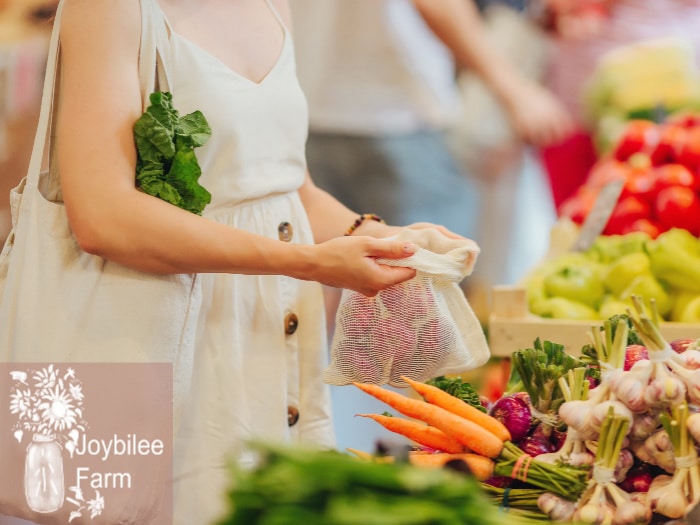
Make things last
- Maintain the tools you have. This is relevant for any tool, not just high end tools. Proper tool maintenance can extend the life of your tools for a lifetime. Don’t toss out older machines. For instance, pre-1948 Singer sewing machines were manufactured before the advent of “planned obsolescence” and can last indefinitely with proper repair and maintenance. Older machines and tools may have fewer features and bling, but they also have fewer things that can break. If you know someone who can fix up older machines, or you are willing to learn, finding and fixing vintage tools may make a rewarding hobby for your zero waste lifestyle.
- Use things until they wear out, rather than jumping onto fashion bandwagons. Clothes are a big part of landfills around the world, and the current state of fashion encourages a throw-away mindset. Clothing wasn’t originally meant to be thrown out four times a year when the new season’s styles and colours were announced. Use your money to purchase a few quality pieces to create a stunning, classic wardrobe over time. $95 dollar jeans that last a year, or more, are a wiser purchase than $10 jeans that wear out after a month. Choose classic styles from the thrift store, and develop your own style that includes accessories.
- Meal plan for zero food waste. Meal planning can help you do more than just cut back on food waste. It helps you buy less, save money, and can help you eat healthier too. Depending on your goals, you could meal prep instead of buying pre-made frozen meals, buy in bulk to eliminate cans, or shop at a zero-waste store and bring your own bags. This is a step that you can scale for where you are at now, practice in one area first, and then as that action becomes a habit you can add another action step. You’ll save money as well as increase your zero waste progress when you don’t waste food.
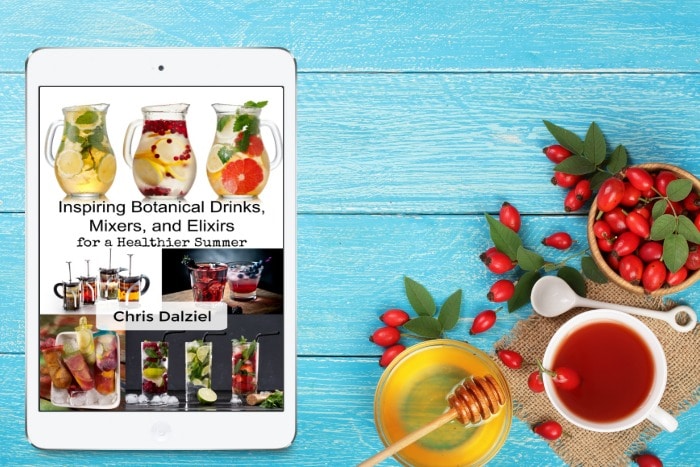
Locally source food, herbs, and more:
- Instead of buying plastic or glass packaged, and trucked in, sodas you can make your own fermented soda drinks. Alternatively, you can get a soda stream or other carbonator and make your own sparkling water, make your own flavouring syrups if you want something closer to a soda. This step can also help you reach your health, or weight loss goals. See my class, Inspiring Botanical Drinks to increase your skills in this area.
- Grow and use common herbs to make herbal medicine, and to use in your kitchen. Here are 10 Herbal Remedies that are also Culinary Herbs that you can start with. Growing your own herbs means you can use glass jars, and you cut out the environmental expense of transport for store bought, or mail-ordered herbs, as well as the packaging, and the potential of pesticide and herbicide exposure that herbal teas have.
- Learn to forage and use the abundance around you. Depending on your area, you can locally source herbs, fruit, and even nuts. Just use wisdom when wild harvesting, get permission on private land and forage at least 40 feet from roadways to avoid pollutants. If foraging in the wild, make sure you identify plants beforehand using at least 3 independent sources. Only harvest 10% or less of a given species in an area. Remember to pack your reusable produce bags and baskets to make foraging truly zero waste.
- Grow what you can, no matter where you are at. Even apartment dwellers can grow microgreens and sprouts. If you grow your own sprouts in glass jars, you can store them in the same jars and reuse them every time you want to make a batch. Sprouts take less than a week from soaking to harvest. Plan them into your meals for increased nutrition all year round.
- Water is a precious resource. Turn off the tap. Only run the washer when you have a full load. Save up the dishes in the dishwasher until the racks are full. Don’t leave the tap running. Fix leaks and drips promptly. These steps will save water indoors. But did you know there are things you can do outdoors to save rainwater? Planting a rain garden or using water-saving plants in the landscape is another way to conserve water. If your landscape is well established, use wise watering principles and soaker hoses to help conserve water.
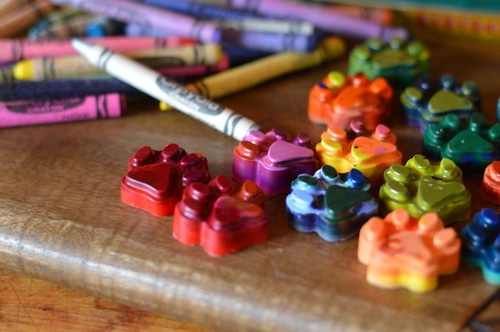
Replace single use products with homemade or multi-use options:
- Switch to reusable products for your monthly menstrual cycle. Reusable cloth pads can replace single use conventional pads, eliminating the waste, and cutting down on the chemicals you are exposed to. The fragrances, and bleach, used in making conventional pads are toxic, and switching to fabric can help with period pain and heavy bleeding too. If you have heavy cycles, a reusable menstrual cup can work in connection with a cloth pad to make your period waste-free. This can be a challenging switch to make but is well worth the switch for both comfort and the environment.
- Make your own gifts, or give gifts of experiences. Making gifts means you have greater freedom to customize and use what you have. Homemade gifts can be packaged in reusable containers, for food items, and wrapped creatively to reduce waste. However, sometimes the gift of an experience is also suitable. “You can always make more money, but you can never make more time.” Give the gift of time with an experience, and create memories with your family.
- Make the switch from paper towels to up-cycled cloth unpaper towels. You can save up to 100$ a year, and generate less waste. Un-paper towels take up the same washer room as a facecloth. If you already use cloth for paper towelling, you could investigate other ways cloth can replace paper and plastic single use items in your kitchen and bathroom.
- Reduce waste and chemical exposure by DIYing natural cleaning products at home. Reuse glass spray bottles for holding cleaners, and use cloth dust rags and scrubbing rags even in the bathroom. Natural cleaners can be just as effective as conventional cleaners, but without the dangers, toxins, and packaging waste. If you don’t like the idea of rewashing a toilet cleaning rag, use your most threadbare rags and plan to toss them afterward. There are quite a few options in this category to explore, so don’t be afraid to try new things to find what works for you and your zero waste lifestyle.
- Make your own laundry detergent, you control what’s in it, and you can cut back on huge plastic bottles and artificial fragrances. It only takes an afternoon to make enough laundry detergent, for two people, for several months. If you have a larger household you can cut back even more waste by making your own, but one batch will last less time than with smaller households.
More Zero waste inspiration
Zero Waste Habits for Living Green
25+ Swaps for your Zero Waste Kitchen
Your Turn:
Which one zero waste tip will make the most impact for you personally? Leave a comment.


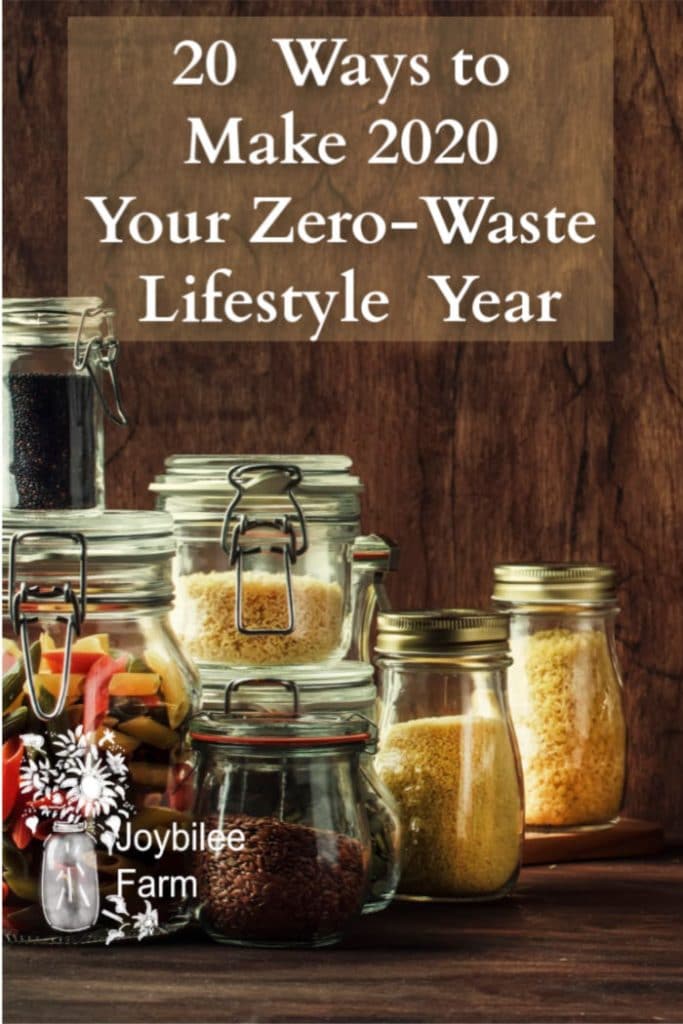
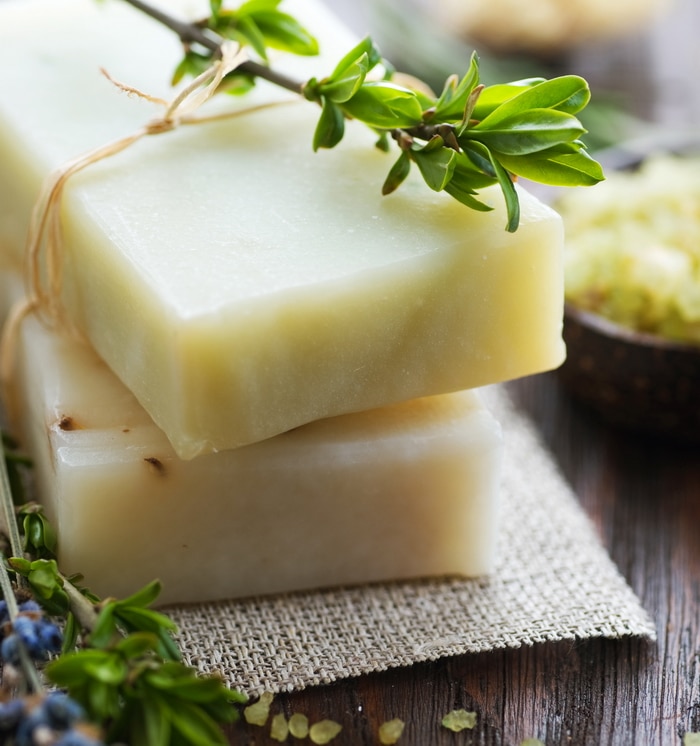
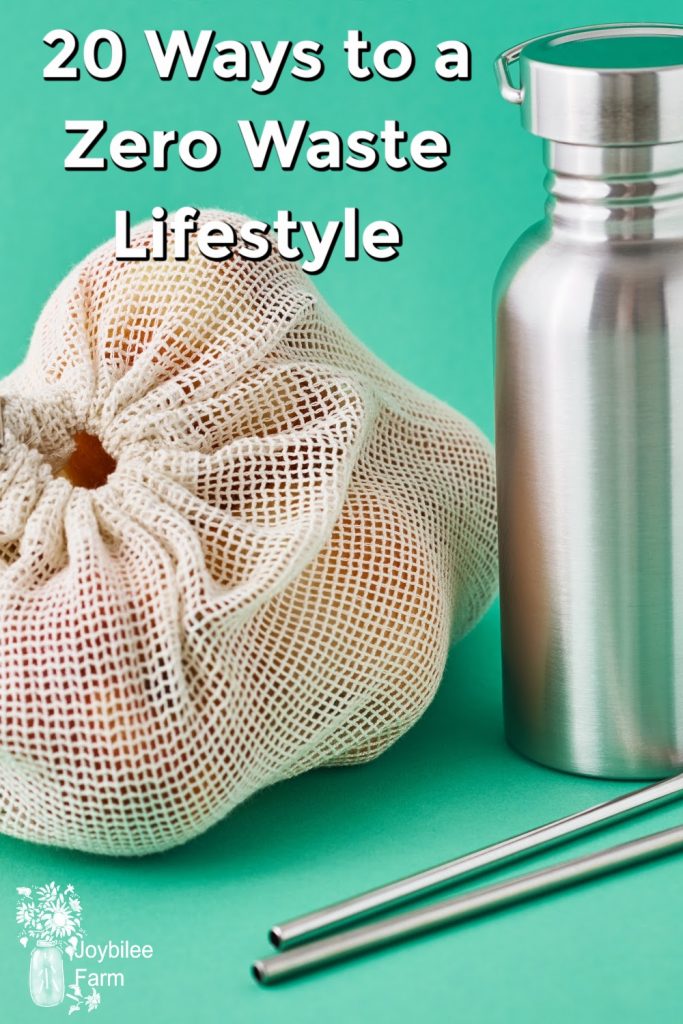

Leave a Reply